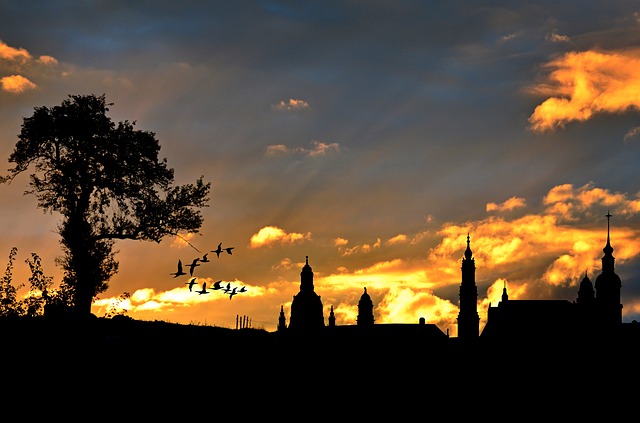Kommt, ihr angefochtnen Sünder
- 1.J.S. Bach Church Cantata BWV 30 Accompaniment (C=104)0:22
- 2.J.S. Bach Church Cantata BWV 30 Melody (C=90)0:32
“Kommt, ihr angefochtnen Sünder” is an Aria from Bach’s Cantata BWV 30 for alto voice.
The cantatas of Johann Sebastian Bach (German: Bachkantaten) are among his most significant and celebrated compositions. While many have been lost, at least 209 of the cantatas composed by Bach have survived.
‘Freue dich, erlöste Schar’ (Rejoice, redeemed flock), BWV 30, is a church cantata composed by Johann Sebastian Bach. He composed it in Leipzig for the Feast of St. John the Baptist (“Fest Johannes des Täufers“, also “Johannistag”) and first performed it on 24 June 1738 or later.
Bach composed the cantata in Leipzig for St. John’s Day. The prescribed readings for the feast day were from the Book of Isaiah, “the voice of a preacher in the desert” (Isaiah 40:1–5), and from the Gospel of Luke, the birth of John the Baptist and the Benedictus of Zechariah (Luke 1:57–80). The cantata was composed in Leipzig in or around 1738, based on a secular cantata, Angenehmes Wiederau, BWV 30a, composed in 1737 in Leipzig to celebrate the acquisition of the manor and estate at Wiederau by Johann Christian von Hennickes.
Christian Friedrich Henrici (Picander), the librettist of the secular cantata BWV 30a, has been proposed as the author of the libretto for the church cantata. The text of the chorale movement is by Johann Olearius, from the third stanza of his 1671 hymn “Tröstet, tröstet meine Lieben”. The chorale theme is “Freu dich sehr, o meine Seele“. The chorale melody was codified by Louis Bourgeois when setting the Geneva Psalm 42 in his collection of Pseaumes octante trios de David (Geneva, 1551). Bourgeois seems to have been influenced by the secular song “Ne l’oseray je dire” contained in the Manuscrit de Bayeux published around 1510.
The piece is scored for four vocal soloists (soprano, alto, tenor, bass), a four-part choir, three trumpets, timpani, two oboes, two flauti traversi, oboe d’amore, two violins, viola, and basso continuo.
The cantata is in twelve movements, divided in two parts, to be performed before and after the sermon:
Part I
- Chorus: Freue dich, erlöste Schar
- Recitative (bass): Wir haben Rast
- Aria (bass): Gelobet sei Gott, gelobet sein Name
- Recitative (alto): Der Herold kömmt und meldt den König an
- Aria (alto): Kommt, ihr angefochtnen Sünder
- Chorale: Eine Stimme lässt sich hören
Part II
- Recitative (bass): So bist du denn, mein Heil, bedacht
- Aria (bass): Ich will nun hassen
- Recitative (soprano): Und obwohl sonst der Unbestand
- Aria (soprano): Eilt, ihr Stunden, kommt herbei
- Recitative (tenor): Geduld, der angenehme Tag
- Chorus: Freue dich, geheilgte Schar
Purchase includes: Mp3 Audio Tracks
- Accompaniment (C=104)
- Accompaniment + Melody (C=90)
€3,50
Product Description
“Kommt, ihr angefochtnen Sünder” is an Aria from Bach’s Cantata BWV 30 for alto voice.
The cantatas of Johann Sebastian Bach (German: Bachkantaten) are among his most significant and celebrated compositions. While many have been lost, at least 209 of the cantatas composed by Bach have survived.
‘Freue dich, erlöste Schar’ (Rejoice, redeemed flock), BWV 30, is a church cantata composed by Johann Sebastian Bach. He composed it in Leipzig for the Feast of St. John the Baptist (“Fest Johannes des Täufers“, also “Johannistag”) and first performed it on 24 June 1738 or later.
Bach composed the cantata in Leipzig for St. John’s Day. The prescribed readings for the feast day were from the Book of Isaiah, “the voice of a preacher in the desert” (Isaiah 40:1–5), and from the Gospel of Luke, the birth of John the Baptist and the Benedictus of Zechariah (Luke 1:57–80). The cantata was composed in Leipzig in or around 1738, based on a secular cantata, Angenehmes Wiederau, BWV 30a, composed in 1737 in Leipzig to celebrate the acquisition of the manor and estate at Wiederau by Johann Christian von Hennickes.
Christian Friedrich Henrici (Picander), the librettist of the secular cantata BWV 30a, has been proposed as the author of the libretto for the church cantata. The text of the chorale movement is by Johann Olearius, from the third stanza of his 1671 hymn “Tröstet, tröstet meine Lieben”. The chorale theme is “Freu dich sehr, o meine Seele“. The chorale melody was codified by Louis Bourgeois when setting the Geneva Psalm 42 in his collection of Pseaumes octante trios de David (Geneva, 1551). Bourgeois seems to have been influenced by the secular song “Ne l’oseray je dire” contained in the Manuscrit de Bayeux published around 1510.
The piece is scored for four vocal soloists (soprano, alto, tenor, bass), a four-part choir, three trumpets, timpani, two oboes, two flauti traversi, oboe d’amore, two violins, viola, and basso continuo.
The cantata is in twelve movements, divided in two parts, to be performed before and after the sermon:
Part I
- Chorus: Freue dich, erlöste Schar
- Recitative (bass): Wir haben Rast
- Aria (bass): Gelobet sei Gott, gelobet sein Name
- Recitative (alto): Der Herold kömmt und meldt den König an
- Aria (alto): Kommt, ihr angefochtnen Sünder
- Chorale: Eine Stimme lässt sich hören
Part II
- Recitative (bass): So bist du denn, mein Heil, bedacht
- Aria (bass): Ich will nun hassen
- Recitative (soprano): Und obwohl sonst der Unbestand
- Aria (soprano): Eilt, ihr Stunden, kommt herbei
- Recitative (tenor): Geduld, der angenehme Tag
- Chorus: Freue dich, geheilgte Schar
Purchase includes: Mp3 Audio Tracks
- Accompaniment (C=104)
- Accompaniment + Melody (C=90)









